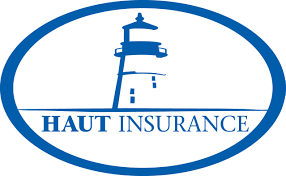
PRIVATE & COMMERCIAL MARINE INSURANCE
Haut Marine Insurance
Haut Insurance specializes in marine insurance for both the private and commercial segments of the marine industry. Our mission is to provide comprehensive protection, quality service, and superior value.


